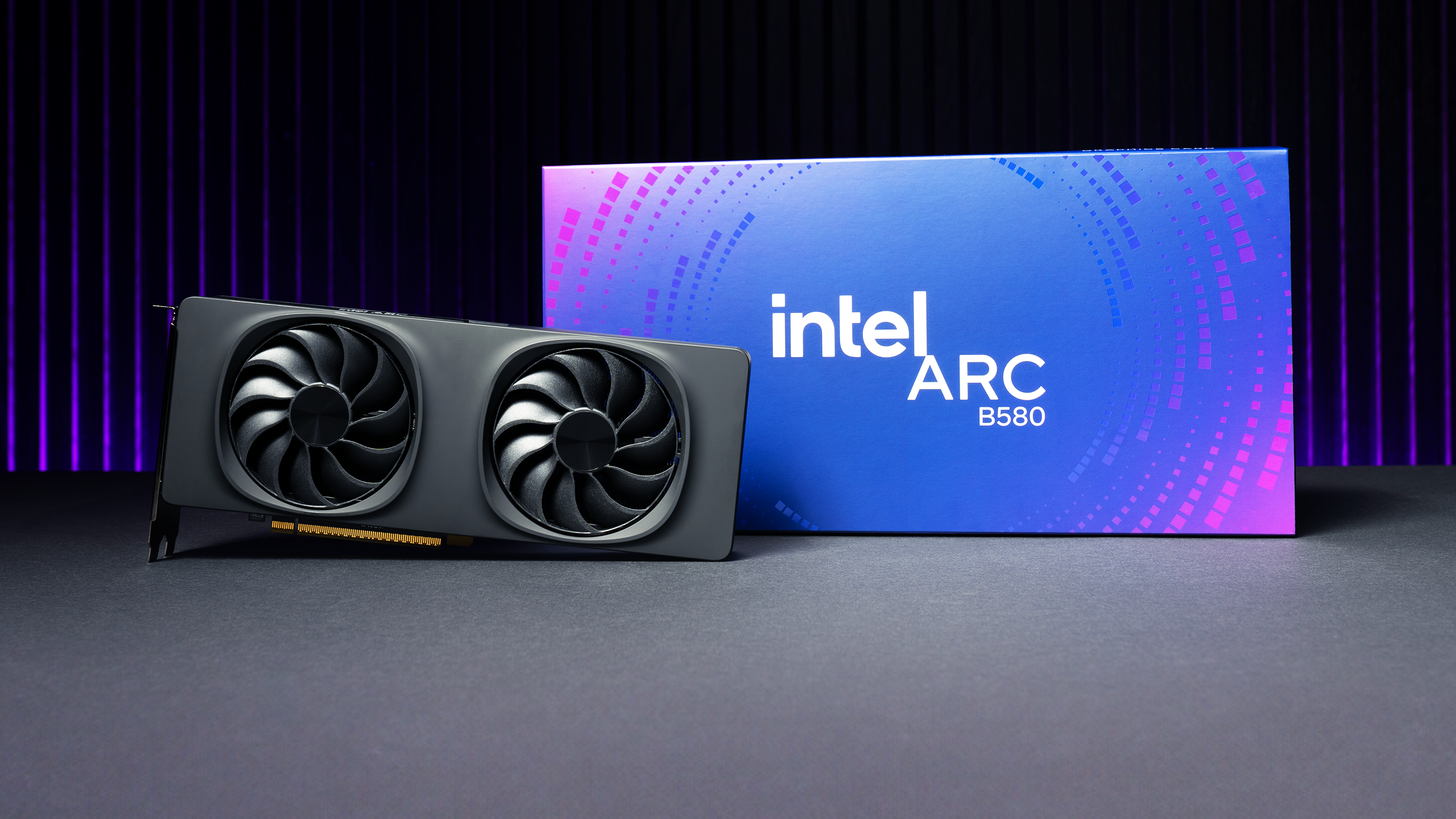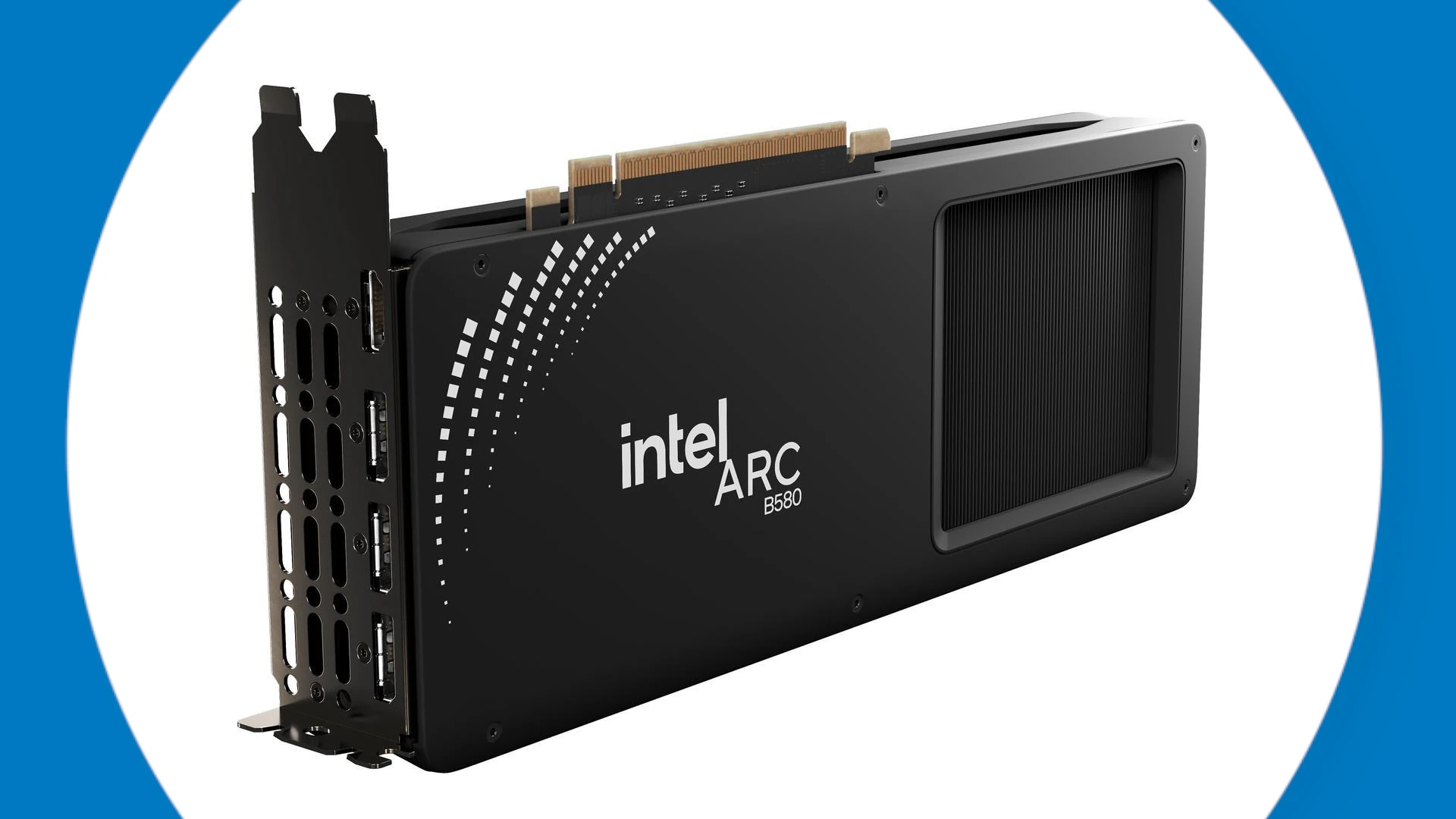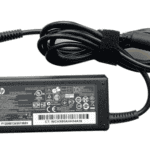For years, the GPU market has been dominated by NVIDIA and AMD, with limited competition and increasingly inflated prices due to supply chain disruptions, cryptocurrency mining booms, and AI-driven demand surges. Intel, traditionally a CPU powerhouse, has stepped into the fray with its Arc series of GPUs, but can these products truly ease the ongoing GPU shortage and provide consumers with a viable alternative?
The Current GPU Market: Scarcity and Soaring Prices
The past few years have been marked by unprecedented demand for GPUs, fueled by:
- AI and Machine Learning: NVIDIA’s AI-focused GPUs (like the H100) are in such high demand that companies like OpenAI, Meta, and Google are scrambling to secure supply.
- Cryptocurrency Mining: While the Ethereum merge reduced GPU mining profitability, past shortages left lasting effects on availability and pricing.
- Gaming and Professional Use: Gamers and professionals relying on RTX and Radeon cards often struggle to find GPUs at MSRP.
With NVIDIA commanding over 80% of the discrete GPU market and AMD controlling most of the rest, consumers have been left with limited options, leading to price inflation and stock shortages.

Intel’s Entry: Can Arc GPUs Make a Difference?
Intel launched its Arc Alchemist GPUs in 2022, marking the company’s first serious attempt at competing with NVIDIA and AMD in decades. The Arc A750 and Arc A770 were positioned as mid-range alternatives to the RTX 3060/3070 and RX 6600/6700 series, but their market impact has been mixed.
What Intel GPUs Offer:
✅ Competitive Pricing: Arc GPUs are often cheaper than equivalent NVIDIA and AMD cards, offering solid performance per dollar.
✅ Modern Features: With ray tracing, XeSS (Intel’s DLSS alternative), and AV1 encoding, Arc GPUs support the latest gaming and video processing technologies.
✅ Improved Driver Support: Intel has worked aggressively to fix performance issues that plagued early Arc GPU drivers.
✅ An Alternative Supplier: Intel’s entry diversifies the GPU market, reducing dependency on NVIDIA and AMD’s supply chains.
However, Arc GPUs have serious challenges to overcome:
❌ Software and Driver Issues: While Intel has improved its GPU drivers, older DirectX 9 and some DirectX 11 games still suffer from inconsistent performance.
❌ Lack of High-End Options: Arc GPUs currently do not compete with RTX 4080/4090 or RX 7900 XTX, leaving high-performance gamers and AI developers with no Intel alternative.
❌ Limited AI Acceleration: NVIDIA’s CUDA ecosystem dominates machine learning and AI workloads, meaning Intel lacks AI-focused GPUs that could ease the NVIDIA GPU supply crisis.
A Step Forward, But Not a Full Solution (Yet)
Intel’s entry into the GPU market is a net positive for consumers, offering cheaper alternatives and increasing competition. However, Intel GPUs alone won’t completely solve the shortage issue, as high-end gaming, AI, and professional workloads remain dominated by NVIDIA and AMD.
For now, Intel can help alleviate mid-range gaming GPU shortages, but unless future Arc GPUs can challenge NVIDIA’s dominance in AI and professional GPUs, the larger supply chain issues in the market will persist.
That said, a third major player in the GPU space is exactly what the market needs—and if Intel can keep improving, it might just become the competitor gamers and professionals have been waiting for.
PowerVia: Intel’s Secret Weapon?
One of Intel’s biggest bets in this technological race is PowerVia, its cutting-edge backside power delivery system. This innovation reroutes power delivery to the back of the chip, reducing electrical resistance and improving efficiency. If successful, this will give Intel a competitive advantage, as TSMC is not expected to implement similar technology until at least 2026.
Backside power delivery could be a game-changer, enhancing transistor performance and power efficiency—two critical metrics for data centers, AI workloads, and mobile applications. However, scaling this innovation to high-volume manufacturing remains a formidable challenge. TSMC and Samsung, while behind in this specific technology, have a track record of superior execution in advanced node production.
The Stakes: Intel’s Future Hangs on 18A
Intel’s former CEO Pat Gelsinger placed the company’s future on the success of its 18A process node, the final phase of Intel’s ambitious “five nodes in four years” strategy launched in 2021. If Intel delivers on this aggressive roadmap, it could signal the company’s resurgence as the world’s leading semiconductor manufacturer. However, execution risks remain high.
Challenges: Manufacturing, Market Share, and AI Shift
While Intel is making bold strides, it faces three major challenges:
- Manufacturing Execution Risks
Intel has historically struggled with manufacturing consistency, as seen in the delays of 10nm and 7nm (now rebranded as Intel 7 and Intel 4). Achieving high yields at 18A will be crucial, especially since foundry customers—including Qualcomm and Amazon AWS—are watching closely before committing to Intel’s manufacturing ecosystem. - Losing Ground to AMD and TSMC
Intel’s server dominance is slipping, with AMD’s EPYC processors (built on TSMC’s cutting-edge nodes) gaining traction in cloud and enterprise markets. For the first time in history, AMD recently surpassed Intel in data center revenue, a sign that hyperscalers (Amazon, Microsoft, Google) are shifting workloads to more efficient alternatives. - AI Disruption and Competitive Pressures
The semiconductor industry is undergoing a massive shift toward AI accelerators, where NVIDIA currently dominates with its H100 and upcoming Blackwell architecture. Intel, while making strides with its Gaudi AI chips, is still playing catch-up. The success of Intel 18A could determine whether the company remains relevant in this rapidly evolving AI-driven landscape.
TSMC and Samsung: The Battle for 2nm and Beyond
Intel is not fighting this battle alone. TSMC plans to start mass production of its 2nm (N2) node in 2025, while Samsung is working on its own 2nm roadmap with GAA (Gate-All-Around) transistors.
TSMC’s 2nm process will introduce nanosheet transistors, a successor to FinFET technology that allows for better performance scaling. Samsung, meanwhile, has already implemented GAA in its 3nm process—a move that, while challenging, could give it a future lead.
Intel’s ability to compete will depend on whether its 18A node arrives ahead of TSMC’s 2nm and whether it delivers real-world performance and efficiency benefits over rival offerings.
A Make-or-Break Moment for Intel
The next 18 months will determine whether Intel can reclaim its chipmaking crown and establish itself as a dominant force in the GPU market. 18A could be the company’s comeback story—or its biggest misstep yet.
At the same time, Intel’s Arc, Battlemage, and Celestial GPUs could play a crucial role in addressing the global GPU shortage, providing an alternative to NVIDIA and AMD and potentially lowering market prices.
With TSMC and Samsung racing toward 2nm and AI reshaping the semiconductor landscape, Intel must not only deliver on its promises but do so at a level that regains customer trust and reestablishes its reputation as the undisputed leader in advanced semiconductor manufacturing.
Key Takeaways
- Intel’s mass production of Arc GPUs adds much-needed competition to the graphics card market
- The successful B580 launch proves Intel can deliver competitive GPUs at attractive price points
- Intel’s commitment to regular shipments helps stabilize GPU availability for consumers
Evaluating Intel Arc’s Role in the GPU Market
Intel’s entry into the discrete graphics card market marks a significant shift in GPU availability and competition, with new products targeting different price segments and performance levels.
The State of the GPU Shortage and Market Dynamics
The GPU market has traditionally been dominated by AMD and Nvidia, creating limited options for consumers during supply shortages. This duopoly has contributed to high prices and reduced availability.
Intel’s growing market presence shows promise, with Arc GPUs now capturing 4% of the market share. This expansion introduces new competition and helps stabilize supply chains.
GPU manufacturers are adapting their strategies to meet diverse consumer needs. Intel’s manufacturing capabilities and existing infrastructure provide advantages in addressing supply constraints.
Intel Arc GPU Offerings: Alchemist and Battlemage
The Arc B580 represents Intel’s latest push into the GPU market. This card demonstrates Intel’s commitment to competitive pricing and performance improvements.
Intel remains dedicated to expanding its discrete GPU lineup. The Battlemage series builds upon Alchemist’s foundation with enhanced features and performance capabilities.
Key features of Intel Arc GPUs:
- XeSS upscaling technology
- Ray tracing support
- DirectX 12 Ultimate compatibility
- competitive price-to-performance ratio
Competition and Consumer Choice in GPUs
Intel’s market strategy focuses on providing value in the budget and mid-range segments. This approach challenges the existing price structure of the GPU market.
The presence of three major manufacturers creates more options for consumers across different price points. Competition drives innovation in features, performance, and pricing.
Intel’s scaling technologies and feature set compete effectively with AMD’s solutions in specific market segments. The company’s commitment to driver updates and performance optimization shows long-term market dedication.
Performance and Technology Analysis
Intel Arc graphics cards deliver competitive frame rates and innovative features at mid-range price points. The latest Arc GPUs pack advanced technologies like XeSS upscaling and ray tracing capabilities that enhance gaming visuals.
Gaming Capabilities and Benchmarks
The Arc B580 shows strong gaming performance at 1080p and 1440p resolutions. This GPU achieves 60+ FPS in most modern titles at high settings.
XeSS frame generation technology boosts frame rates by 20-40% in supported games. The feature works similarly to Nvidia DLSS 3, creating additional frames to improve smoothness.
Ray tracing performance matches or exceeds the RTX 4060 in several titles. The B580’s 16GB of VRAM provides ample headroom for high-resolution textures and ray-traced effects.
Innovations in GPU Technology
Intel’s Xe HPG architecture introduces dedicated ray tracing units and AI accelerators. These custom engines enable realistic lighting effects and power XeSS upscaling.
The memory subsystem uses a 256-bit bus with high-speed GDDR6 VRAM. This configuration delivers superior memory bandwidth compared to competing cards in the same price range.
Advanced features include AV1 encoding, DirectX 12 Ultimate support, and machine learning capabilities through oneAPI. Intel’s drivers now offer stable performance across most games.
Comparison with Nvidia and AMD Offerings
The Arc B580 outperforms both the RTX 4060 and RX 7600 in raw compute power. Its $249 price point represents excellent value for 1440p gaming.
Memory capacity stands out with 16GB versus 8GB on competing cards. This extra VRAM proves beneficial in memory-intensive games and creative applications.
Driver stability has improved significantly since earlier Arc releases. Game compatibility now matches Nvidia and AMD, with regular optimizations for new titles.
Intel’s XeSS technology competes effectively with DLSS and FSR, often delivering similar or better image quality. The open nature of XeSS allows broader game support.







